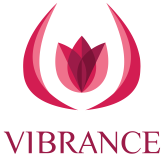Nadia, a client of ours recently shared her story about getting her first “urut sengkak” (traditional womb massage) after her confinement period because her mother said it was customary in their family.
If you haven’t heard of it before, sengkak is a traditional Malay womb massage technique. It is applied at the lower abdomen in order to “push up” our uterus that may have moved from its original position inside our body, especially after childbirth or simply due to ageing.
Sengkak has been practiced over hundreds of years in Malaysia and like in Nadia’s family, it is considered to be a must-have routine for many Malaysian women after childbirth.
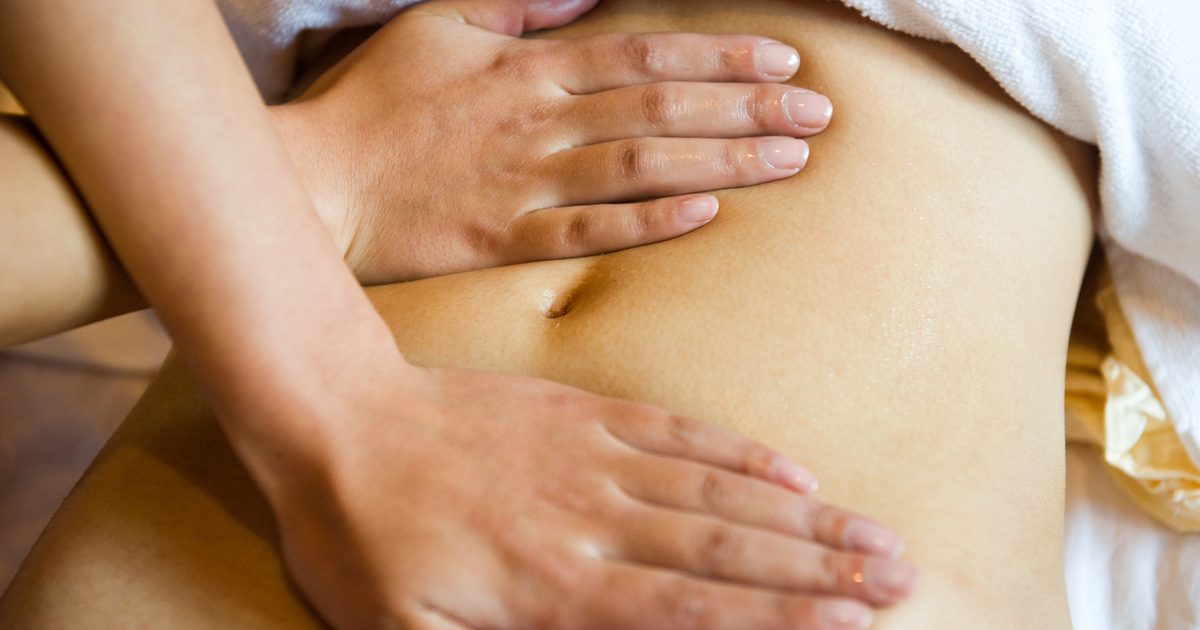
The displaced uterus after pregnancy is a major buzzkill; it is known to affect our quality of life in many bad ways:
- vaginal bleeding / spotting,
- increased discharge,
- difficult to engage in sexual intercourse,
- uterus falling out of the vagina and out of our body (pelvic organ prolapse),
- constant friction of the fallen organ with our panties/pants,
- constipation and recurring bladder infections or difficult emptying our bladder.
While there may be some benefits of getting a traditional womb massage, some practitioners or Tukang Urut have over-claimed the benefits of sengkak, causing many women to have underestimated the severity of their pelvic health problems.
Inspired by Nadia, we have compiled some science-based facts for you to consider before spending and fully relying on sengkak to solve your postnatal bodily issues.

#1 : It is a Must-Do After Childbirth, right?
Sengkak is almost always included in any “full confinement packages” and many women have come to believe that this massage is a necessary procedure because of its popularity in our culture.
To a certain extent, a postpartum full body massage in your post pregnancy care routine can be beneficial to your body as this approach can promote relaxation, blood circulation and improve lactation.
However, Sengkak has limited clinical studies and literature on its effectiveness.
Worse still, complications may happen during the massage such as blood loss. This is because a high-pressure massage tends to do that to our bodies. Certain women will feel severe discomfort, pain and stress due to the high-pressure intensity of the sessions.
Just because of its popularity, it is definitely not something you must do or have to spend extra money on, especially if it causes you more stress and anxiety in your supposed recovery period.
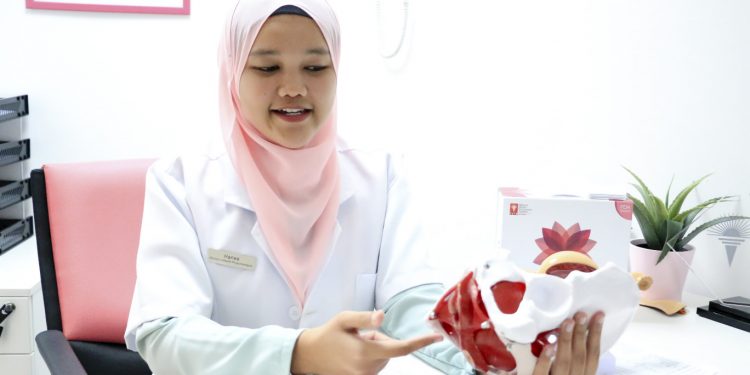
# 2 : It lifts up my womb (uterus), right?
Part of the popularity of this massage is because of overambitious claims by practitioners and some women claim that they do feel ‘lighter’ and experience a feeling as if their womb is ‘lifted’ or ‘pushed back’ into a higher position. Surely this must be good?
From a clinical view, a woman’s uterus can NEVER be ‘lifted up’ only by using a pressure manoeuvre or traditional massage.
Once our uterus becomes displaced or shifted from its original position, this special structure can only be re-aligned or ‘pulled up’ by surgical management performed by specialist doctors. A displaced uterus can cause sexual difficulties and bladder issues among other things.
Tukang urut Sengkak or traditional womb massage practitioners have also conveniently forgot to mention the downward pull of gravity.
Once the massage is done and when we stand up again, going about our daily activities, gravity will do its job and undo what the massage was paid to do.
Therefore, traditional womb massage only sounds good in theory but it is definitely not an effective method if your goal is to push the uterus back to its original position.
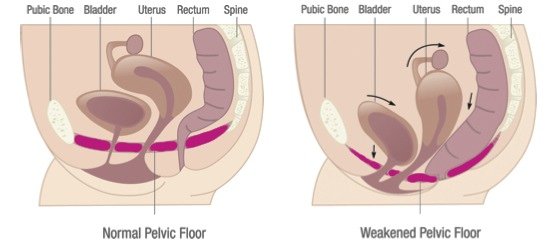
# 3 : Sengkak can Correct a Prolapse (dropped uterus / “jatuh rahim”), right?
Some women will do sengkak when they begin experiencing pelvic organ prolapse symptoms such as feeling a heavy sensation at the lower abdomen or seeing the pinkish, sometimes blood-spotted organs (bladder or uterus) falling out of the vagina. It’s not a pleasant sight nor experience.
Even though your masseur may have a pair of magic hands to make you feel pampered and relaxed when not applying intense pressure to push your uterus back, sengkak cannot and is not proven to help you push back your dropped womb into its original place.
This is because the entire weight of our uterus is supported only by a very thin sheet of muscles called our pelvic floor muscles.
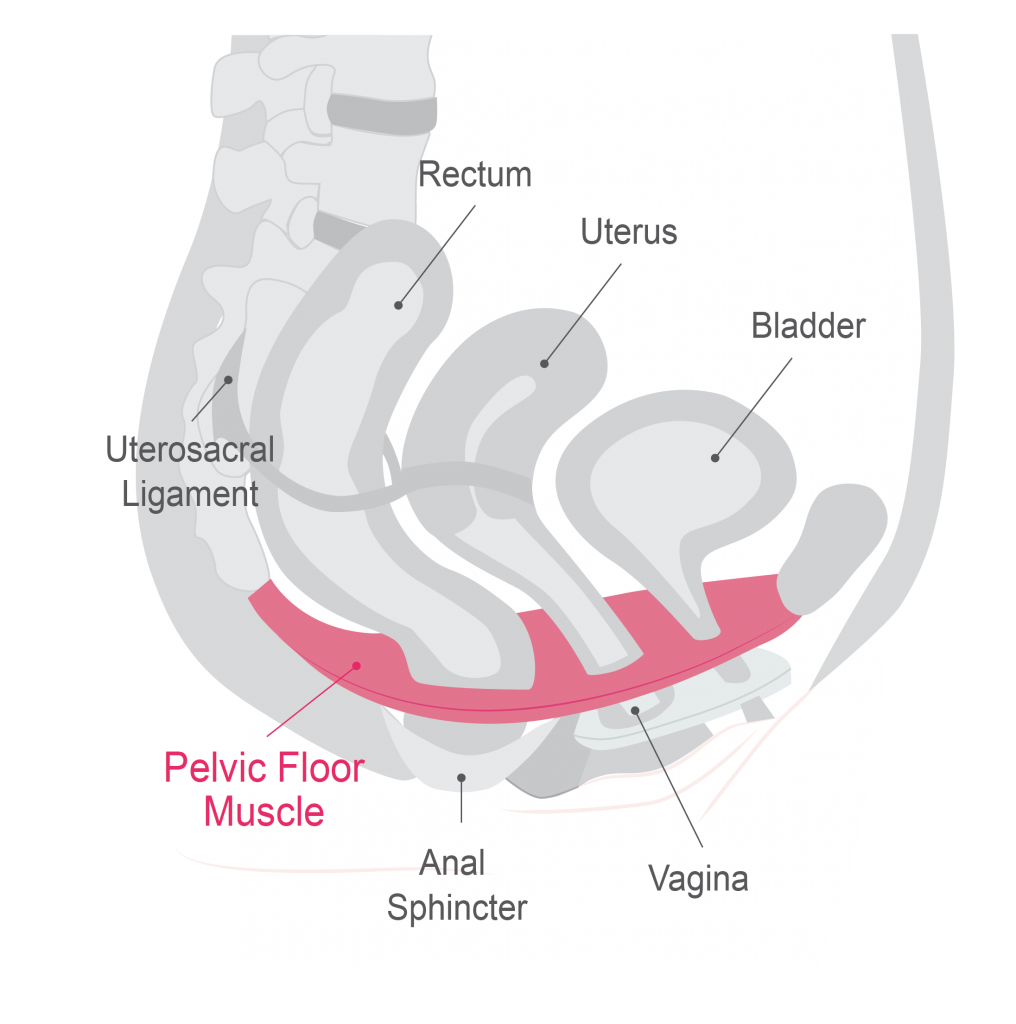
Imagine if our house is now standing on a sinking soil.
Pushing or lifting the house up is not going to be the permanent solution.
While it can offer temporary relief, the only way to prevent our house from sinking underground is to fix the soil and foundation underneath.
When we have pelvic organ prolapse, pushing the uterus is simply not the solution. We have to fix the ‘foundation’.
From a medical view, prolapse is categorised into different grades of severity. Each grade will require specific and different clinical management to deal with it with measurable effectiveness.
The most basic and effective management starts from pelvic floor muscle training if we are in the early stages, as it goes into more severe stages, we may need to start wearing a pessary ring and also go through expensive surgical procedure(s).
So if you’re paying for sengkak to solve your pelvic organ prolapse issue, you should consider visiting a certified women’s health physiotherapist for some medically recommended pelvic floor rehabilitation first.

# 4: Sengkak to Tighten/Strengthen our Vagina?
This is a huge myth that is a gross overclaim by unethical traditional womb massage practitioners.
A short duration of womb massage is definitely not a promising method to strengthen your intimate vaginal muscles.
Our vagina consists of fibre tissues forming the muscles that shape our vagina canal.
Like any muscle, vagina muscles (also part of the pelvic floor muscles) need a dedicated effort to give it the strength and tone.
Specific, isolated training is needed to achieve better gripping and hence the sensation of tightness.
While sengkak cannot tighten the vagina, there is still an all-natural method clinically proven to achieve the tightening effect – which is to do Kegel exercise correctly and consistently.
If you want to know more about Kegel exercise, read more about it here.
# 5 : Ministry of Health of Malaysia (“MOH”) Says This
In 2015, the Health Technology Assessment Section (MAHTAS), Medical Development Division of the MOH published a review on traditional postnatal care in restoring women’s physical and mental health.
In the Postnatal Massage section, it was reported that traditional massages “have potential effect in reducing anxiety and stress level, improving quality of sleep and mental status among postnatal mothers”
However, MOH goes on to comment that massage is not recommended when it can cause unwanted tissue destruction or spread of disease.
People may also get side effects associated with massage include temporary pain or discomfort, bruising, swelling and allergic reactions to massage oils.
In summary, there is no clinical evidence to suggest that traditional postnatal massage is beneficial to the physical health of women such as pushing back the uterus position after childbirth. But it may potentially help with mental health of postnatal mothers.
Summarising the above
We hope you are more informed about the practice of sengkak and can make more informed decisions about when and how to better employ sengkak in your confinement / postnatal journey.
If you’re looking for a safer and clinically proven way to restore your uterus and pelvic functions after childbirth, have a chat with our Women’s Health Therapists here who are pelvic care physiotherapy trained.
Or if you’re interested to try how our pioneering and effective method to reverse ‘jatuh rahim’ and other pelvic organ prolapse, book your first session at only RM280+SST by making an appointment with us with the button below.
Don’t have WhatsApp?
Call us to book (03-27745125)
Prices may be subject to revisions from time to time such as prevailing govt. taxes. Kindly refer to our Customer Service for the most current pricing.
Article by: Senior Women’s Health Physiotherapist | Vibrance
